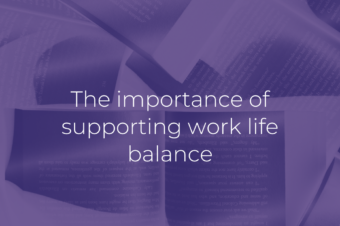
Business leaders and HR professionals need to show that they understand and empathise with staff who have faced a multitude of challenges during lockdown, those on furlough, as well as those still working. As the furlough scheme ends and we are encouraged back to our workplaces, we face new challenges in terms of commuting, childcare and personal protection.
Those who have had to work through lockdown may feel some resentment that furloughed workers have had an easier time of it; obviously some people needed to safeguard for health reasons, but many have been paid 80% salary and not required to work. Those who have picked up the slack are likely to be frazzled if they feel their contribution has not been recognised and appreciated.
Furlough envy
In truth, it has been hard on everyone, a Mumsnet poster commented: “The people in my company who are furloughed are unhappy, those of us still working are tired, all of us are hoping that there’ll still be work once this is all over.”
Those who have worked through the crisis – more than a third (35%) of them working from home, feel colleagues on furlough have less to worry about with 28% saying furloughed colleagues are ‘getting an easy ride’.
A productive, successful organisation works best by harnessing collaborative and agile talent to focus on strategic goals; it is imperative that leaders proactively work towards ensuring the return to work is smoothly handled for all parties.
Support for employees
Employees need reassurance and it is noticeable that the pandemic has raised expectations in terms of support from employers. A third of workers want better mental health support, and 23% are looking for more help from companies when it comes to physical health.
Many want to retain aspects of lockdown life when it comes to flexible working. Six in 10 workers with school-age children (59%) will miss home working when going back to the office and 45% want to work from home more often in the future, which affords a clear opportunity to employers.
Millions of furloughed staff have since returned to work, either fully or as partially furloughed part-time workers, but with many still furloughed the threat of significant redundancies looms as the scheme is phased out.
Safe return
The government want us to return to our offices and other workplaces, offering assurances that we’ll be safe; but many employers are not yet ready to re-open all their premises; and many workers will be concerned and anxious about being in the workplace or travelling there.
To end furlough, employers should give staff notice in writing, there’s no minimum notice period for furlough, but employers should talk to staff about any plans to end furlough as soon as possible and encourage staff to raise any concerns or problems about returning to work.
The CIPD point out that: employers have a duty of care to identify and manage risks to ensure that the workplace is sufficiently safe to return to. Employers should take their time with gradual returns to work to test health and safety measures in practice and ensure they can work with larger numbers before encouraging more of their workforce back.
Liked this article? You might like this one.








